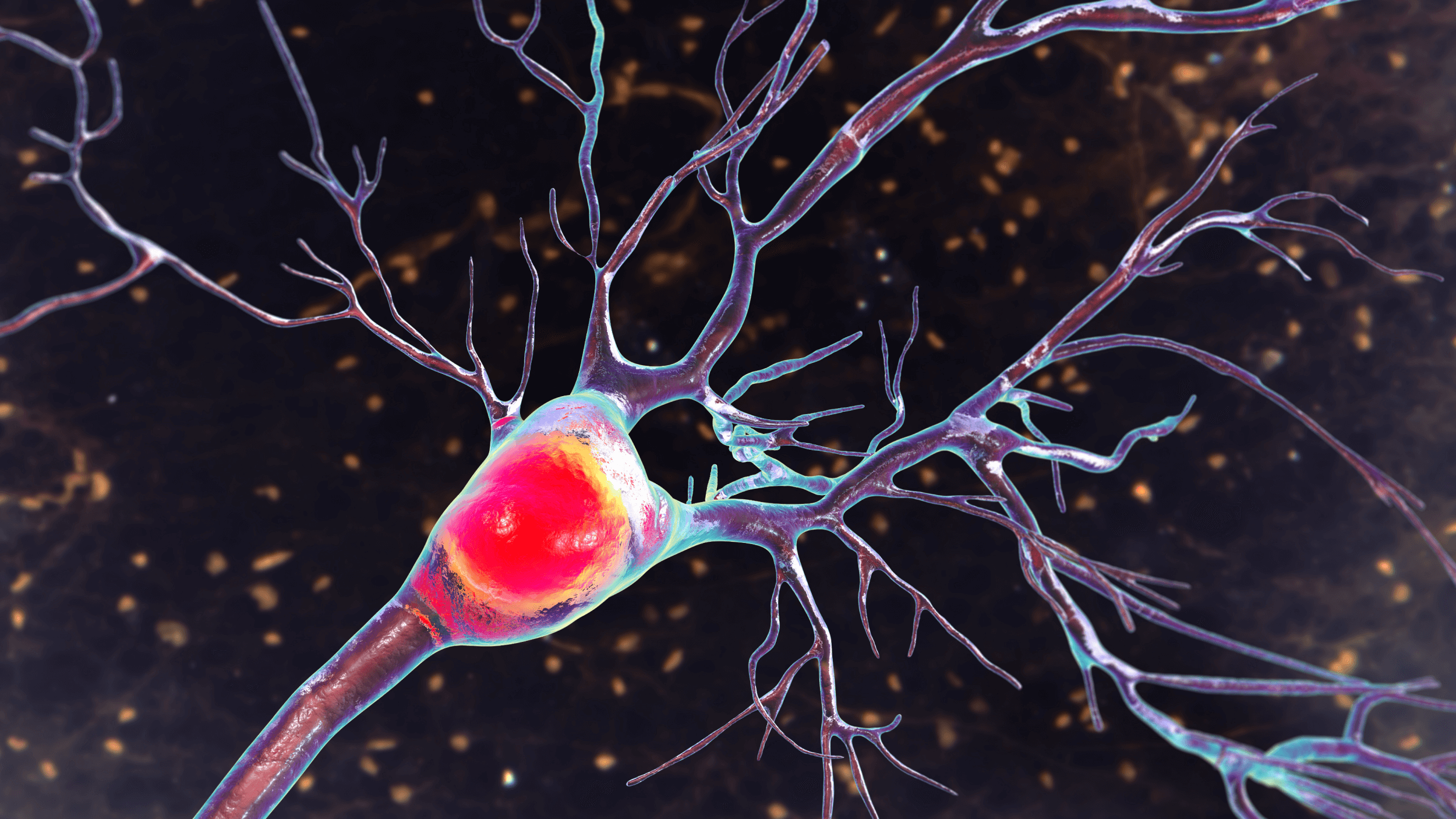Clinical psychologist Lisa Miller rejects a materialist view of the brain as a factory producing thoughts. She believes that the brain might function more like an antenna — capable of sending and receiving consciousness, which holds information, love, and intelligence. In other words, consciousness can exist independently of matter.
Miller highlights scientific research that has explored this idea of shared consciousness, particularly in bonded relationships and among twins. She emphasizes the interconnectedness of humanity, where our actions and treatment of others leave lasting imprints on a collective consciousness field.
Miller wants to redefine how we understand human consciousness and interconnectedness. This view of our minds has implications for fields such as psychology, neuroscience, and spirituality. By recognizing our shared consciousness, we can live a less lonely and more mindful shared existence.
Lisa Miller: In the 20th century, there was a radically materialist view that the brain was like a little factory. It produced thoughts, much like packages, on an assembly line. And while that was certainly an okay thought in its time, more and more scientists are turning to a consciousness-based view of reality, post-materialism, in which the brain does not only produce thoughts, but rather it's seen as something more like an antenna that can send and receive consciousness.
Consciousness holds information, and there is a valence. There is love, there is an intelligence. Consciousness can take the form of matter, and consciousness can exist independently of matter. And this notion is not alien to young adults who have grown up with cell phones that can pull information out of thin air.
We have moved beyond radical materialism to the point where materialism, the brain in the box, is really a subset of the functionality of the brain. It is very much to our benefit that we discover the full range of the brain's capacity. When we can heal people, when we can know of others suffering and help them renew (whether or not they happen to be in our physical presence through a shared sacred consciousness) then we have reached the point at which we really are one humanity.
Scientists are designing experiments to show that we can have one plane of consciousness in two places. An example is if you and someone you love enter two different rooms completely sealed, impervious to energy, and the person you love receives a bit of shock, you flinch, and the person you love sees a bright beam of light, you see it too and hit a bar at that same moment.
There is material evidence manifestation at the level of the brain and at the level of our reactions, that when two people are bonded, there's a sharing of consciousness and that what enters your life also enters theirs. This is not surprising. We've heard for decades that a mother wakes up in the middle of the night when she feels her son is injured in war. We know that twins being even more bonded than most siblings have a particularly strong concomitance of knowing. And sometimes when one twin is injured another twin will even show symptoms at a great distance of that injury.
The more bonded we are, the more intensified is the sharing of consciousness. But as we all emanate from one source, we all share consciousness, and we can be ever mindful that how we treat one another, and how we treat ourselves, and how we treat our Earth is not just a flash moment of good behavior or bad behavior. It's an indelible mark in the consciousness field. There is really only a we, de facto, increasingly documented by science. We are built to know in many forms. We are built as inherently spiritual beings to be in dialogue with the sacred consciousness in us, through us, and around us.
But what would the skeptics say? The skeptic would say, "You know what? That's great that you feel loved, held, and guided, but that doesn't mean you really are. That just means you think that inside your head." But in truth, the skeptic propels deeper inquiry. The skeptic asks the logical question that then might be answered by a synchronicity or an intuition.
In fact, about 70% of scientists to make major breakthroughs say that the question that changed their field came through intuition, a mystical experience- the proverbial Newtonian apple on the head. And then the method, of course, was more straightforward, the logical, empirical method of science. Now that we cross into the 21st century of science, a great number of people have noted the times in which the brain appears not to have created thoughts, but through elegant design, it seems to be receiving thoughts or perceiving information beyond what could be transmitted by the senses.
Perhaps the brain might even come to be seen as a materialization, a reification of consciousness as we see synaptogenesis, the making of new neurons in people who are devoted meditators. What the brain is we have yet to fully grasp, but we can say with certainty that there are neural correlates, patterns, circuits in the brain that go hand in hand with profound transcendent awareness.
And that in that transcendent awareness, there is predictive power precognition, there is simultaneity of knowing, there is consciousness in two places, or even more places, and could it be we're reaching a point as a human community where when we are well aware that we share consciousness, we are ever more mindful of what we put into this sacred field of life.






